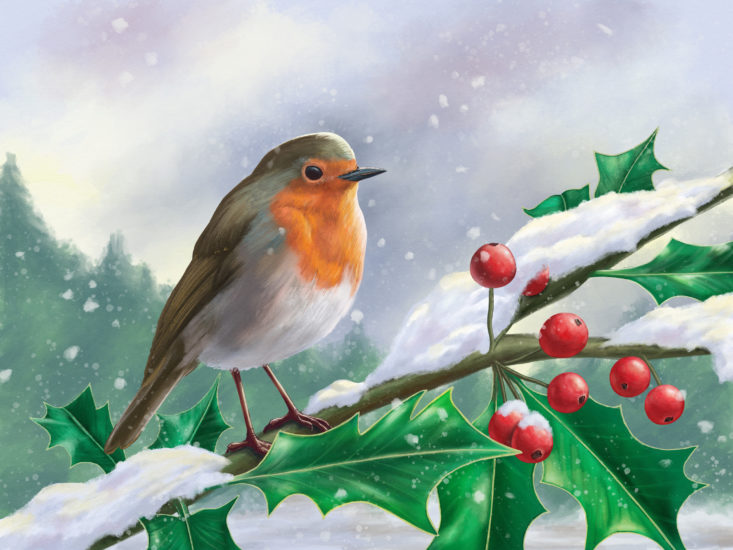 Shutterstock / Pixel-Shot©
Shutterstock / Pixel-Shot©Sugar Awareness Week runs between November 8-14.
Here, dietician Wendy Wells gives her advice on taking control on your intake.
Most of us are now very familiar with the advice to reduce or certainly watch our sugar intake in order to maintain good health, but how successful are we?
In the UK alone, we consume more than two million tonnes of sugar a year. But how does it make its way into our diets in such a large quantity?
Reducing your sugar intake sounds like a relatively simple thing to do: avoid adding sugar to your tea and coffee, don’t sprinkle it on your cereal and try to avoid fizzy drinks.
These are all excellent ways to reduce your sugar intake and definitely to be encouraged, but before we pat ourselves on the back, let’s consider whether these obvious sources of sugar are the only culprits in our diets.
Naturally Occurring Vs Added Sugar
Sugar occurs naturally in many thousands of foods: fruits, vegetables, milk and cereals all contain sugar. The simplest form of sugar is called glucose and our brains are, in fact, dependent on a steady supply of glucose in order to function.
The good news is Mother Nature is smart and our bodies contain all the correct pathways and chemicals to enable us to produce the glucose we need to function from the food that we eat, so we actually don’t need to eat sugar at all, as long as we are eating the correct balance of everything else.
What Is Added Sugar?
This simply refers to sugar that has been added in some shape or form to a food product. This can be done in one of two ways.
We can choose to add sugars to our foods and drinks. This is something we have control over and can be easily monitored.
The other way we consume sugar is as an ingredient in a processed food product, and these can be far trickier to spot.
Manufacturers’ Input
Sugar is often added to a food product simply because it makes it taste better. Sugar is also used as a substitute ingredient: for example, if fat is removed from a yoghurt, starch is often added to thicken the yoghurt and then sugar is added to sweeten the mix to disguise the starchy taste.
For this reason, many foods that don’t necessarily have a naturally high sugar content end up containing lots of added sugars.
How Much Is Too Much?
When looking at a food product the information about the sugar it contains can be found on the nutritional label.
Packaging has become far clearer in recent years and food labelling should be easier to read and understand.
Sugar, however, appears in many different guises.
That’s why it is worth becoming familiar with them to help keep yourself label savvy.
As a guide, when looking at sugar on the nutrition label consider the following:
- 5g or less per 100g of product – low sugar
- 6g-20g per 100g of product – medium sugar
- 21g and above per 100g of product – high sugar
- Hidden sugars usually end in “ose”, and the nearer the start of the ingredient list they are, the bigger the amount included. Common examples of sugar are sucrose, dextrose, maltose, fructose, lactose, glucose, honey, corn syrup, molasses, agave nectar, maple syrup.
- Sugar is sugar whether it’s white, brown, unrefined, molasses or honey. Don’t kid yourself – there is no such thing as a healthy sugar.
For more health tips and advice from “The People’s Friend”, click here.




